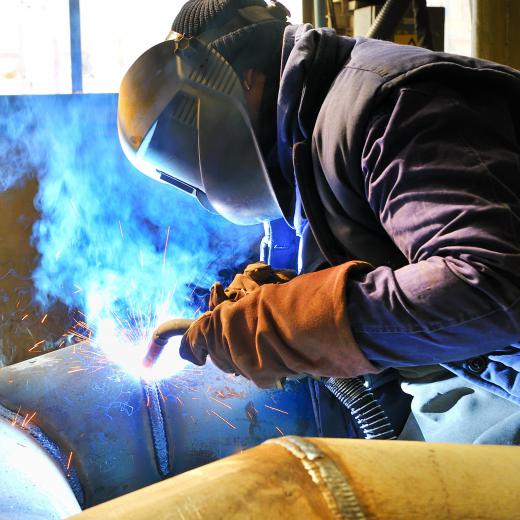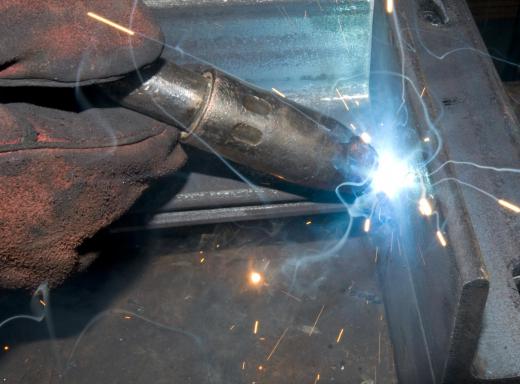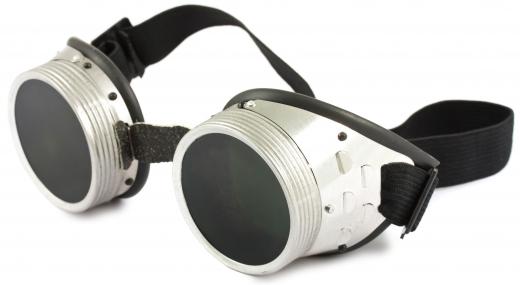There are several types of welding that one can choose from. Most commonly, welding involves the joining of two materials — usually metal — to create one singular item. The most effective means of welding metal are dependent upon the types of metal as well as the skill level of the person doing the work. Other factors include the types of equipment available and personal preference.
One way of welding metal is known as wire feed welding or gas metal arc welding. It is often used for welding small items together, and is completed by using a welding gun or torch. The operator squeezes the trigger on the device, and small piece of metal inside the torch barrel comes out. Heat from the piece of metal acts to create the weld.

Arc welding is another way of welding metal together. Also known as shielded or manual metal arc welding, it uses an electrode that surges electricity into the metals to create a weld. This is one of the most popular forms of welding because the operator of this device does not need to be extremely experienced to create a viable weld.
A slightly less common way of welding metal is tig welding. This technique uses both a torch and a filler rod. To create the weld, the operator of the device inserts the filler into the weld as he goes. It is also possible to use tungsten gas arc welding, in which the heat from the torch melts one or both of the pieces being connected so they can be melded together. This process can also be called “fusing.”

Another method for welding metal is known as spot welding. This involves a large device with two arms, each of which holds one of the metal pieces that will be joined. An electric current is surged through the two pieces. This process generally takes little more than a second to complete. Spot welding is usually used for things like sheet metal fabrications.

Choosing the right kind of welding device and strategy will depend on the experience level of the welder and the type of weld being made. Arc welding and tig welding, for example, can be used on many different types of metals. Fuse welding on the other hand can be somewhat time consuming with certain materials. Researching the melting points and proper welding techniques ahead of time will ensure the most worry free experience.

Whichever process is being used, it is important to use the proper safety devices. Goggles, gloves and other equipment should be worn at all times to avoid injury. Welding devices should also only be used in the manner for which they are intended by following all manufacturer’s instructions carefully.
